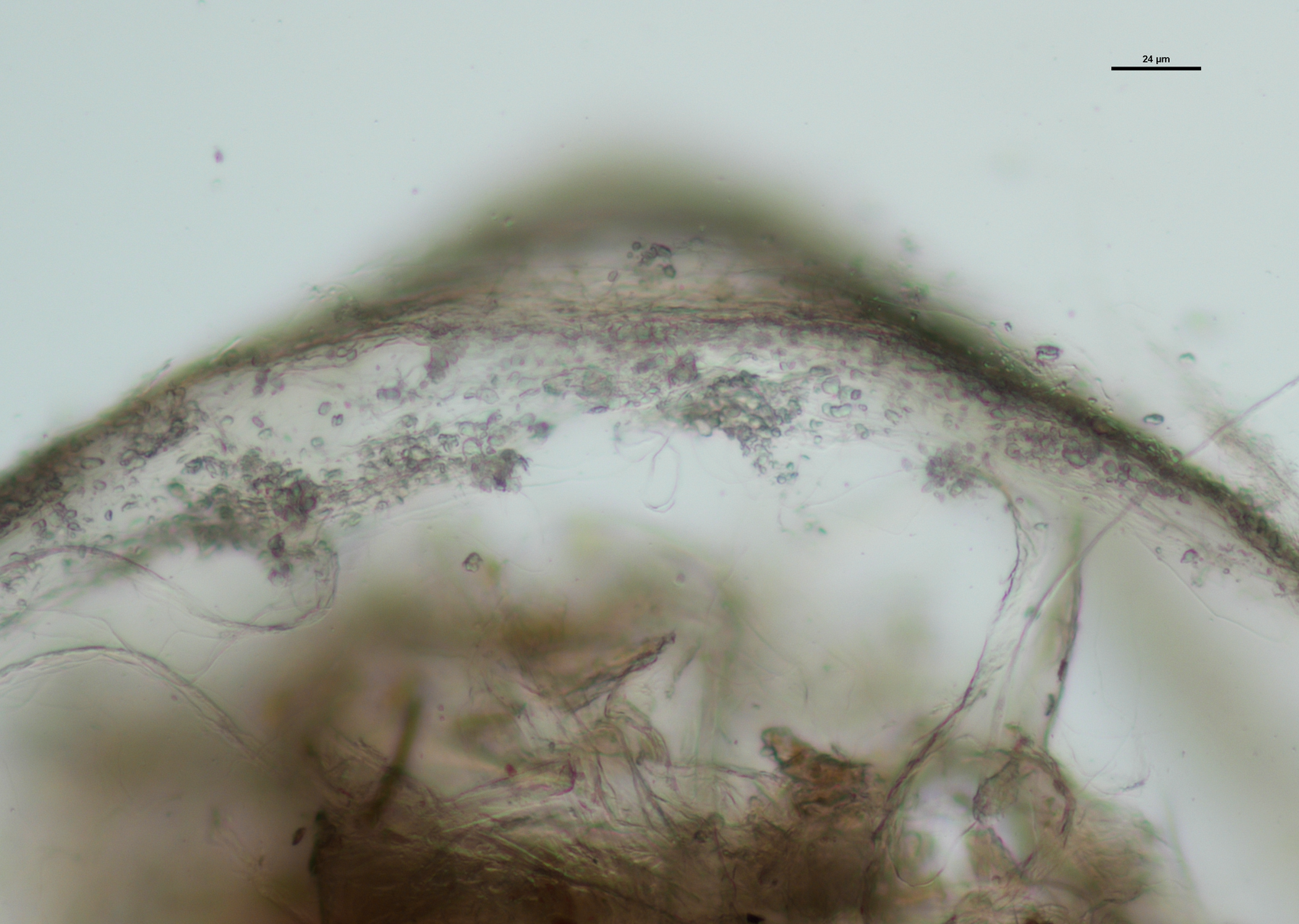

The Analysis of Sphagnum Treated Sheepskin and its Comparison to Oak Bark Tanned Sheepskin
This master’s thesis set out to explore whether Sphagnum (and by extension its byproduct sphagnan) from raised bogs had a true tanning effect on collagen-based material. This was done by comparing oak bark tanned sheepskin (SS1) and Sphagnum tanned sheepskin (SS2) along with their deterioration patterns. Two types of artificial aging were used: dry heat (120°C for 24, 48, and 96 hours) and tropical heat (50°C and 90% relative humidity for 20 days). The samples were analyzed through hydrothermal stability, dry and wet fiber cohesion analysis, and ATR-FTIR along with its second derivatives. Clear deterioration patterns emerged for the samples under dry heat through all analyses used. Samples exposed to tropical heat showed, on paper, to be in good condition when looking at the results of individual analysis which turned out to be a false-positive when all results were viewed together.
The differences between SS1 and SS2 were clear when looking at ATR-FTIR and its second derivatives. It was possible to differentiate oak bark tanned material from that that had been tanned with Sphagnum. It was noted that while there were overlaps between tannin bands and Sphagnum bands, the Sphagnum bands were most more stable in their peak intensity and location during deterioration when compared to tannin bands. It could be concluded from this, that in this case, Sphagnum and sphagnan does not have a true tanning effect but could be reminiscent of a pseudo tanning.












